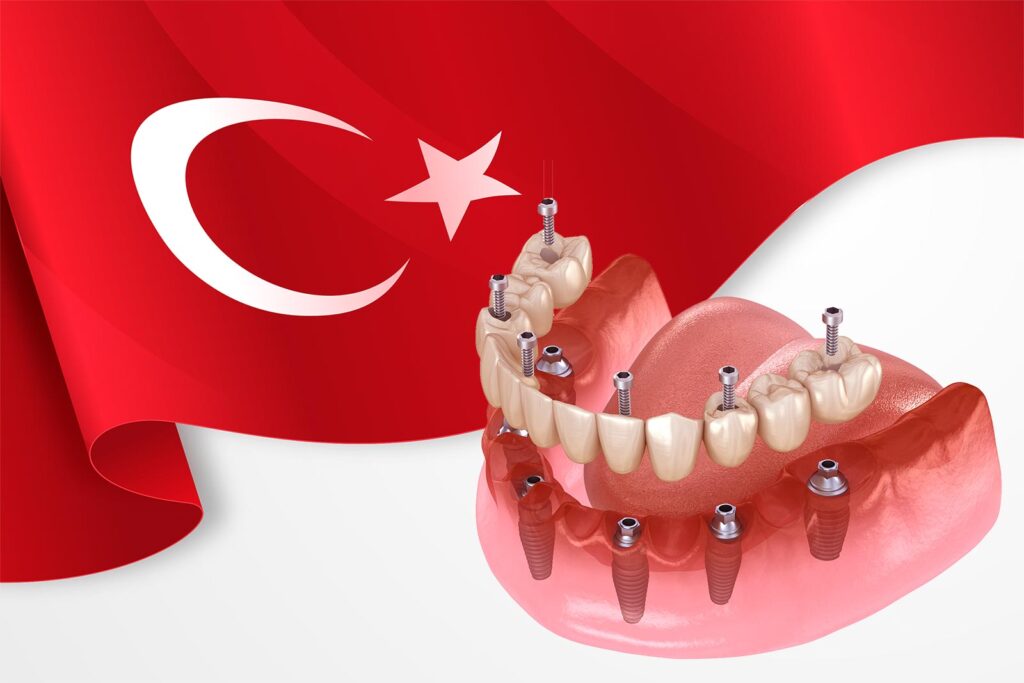
Tooth discoloration can be caused by many different factors, and the reason for this condition depends on whether the stain is superficial or comes from the internal structure of the tooth. Generally, two main factors stand out: extrinsic (external) staining and intrinsic (internal) changes.
External stains are typically caused by substances such as tea, coffee, tobacco, iron-containing medications, or pigment-producing microorganisms like chromogenic bacteria. These types of stains accumulate on the tooth surface and can be removed through regular brushing or professional cleaning. Black line stains commonly seen in children are often an aesthetic condition caused by specific bacteria and should not be confused with cavities.
Internal discoloration, however, may indicate a more serious problem. For example, when the pulp (nerve tissue) of the tooth dies, the tooth gradually turns grayish-black. This condition typically results from trauma, deep decay, or advanced gum disease. In such cases, the tooth loses its vitality, and root canal treatment is often necessary.
Large amalgam fillings can also cause the tooth to turn gray or black over time. The release of metal ions penetrates the tooth tissue, creating this appearance. In addition, cavities under old and large fillings can also manifest as black discoloration. If there is darkening around the edges of the fillings, secondary cavities may have developed underneath.
Another cause of blackness in teeth is advanced decay. As decayed tissue oxidizes and dries, it turns dark brown or even black. At this stage, the decay does not stop but instead deepens, and if left untreated, it can lead to pain, infection, and tooth loss.
Finally, some treatment methods can also cause discoloration. For example, the application of silver diamine fluoride used to stop decay in children’s teeth stains the affected area black. While this is considered an aesthetic issue, it serves the purpose of protecting the tooth structure.





